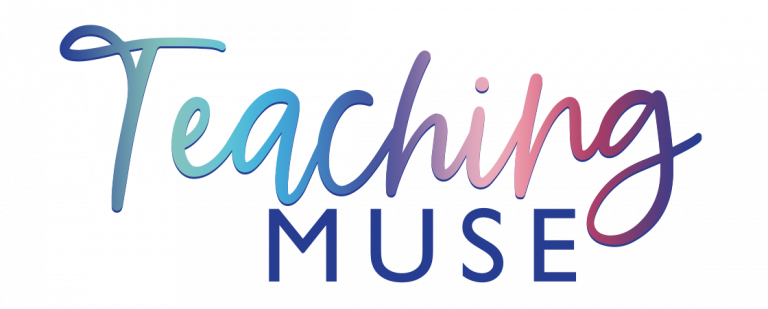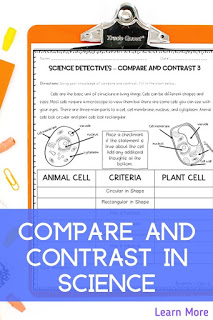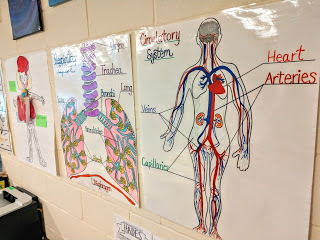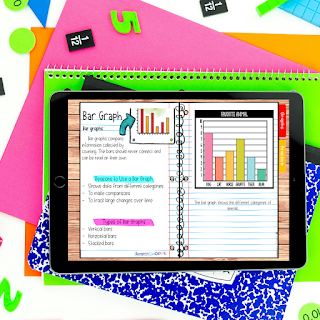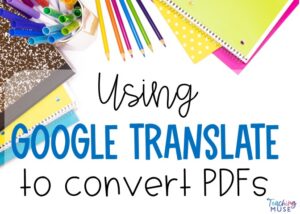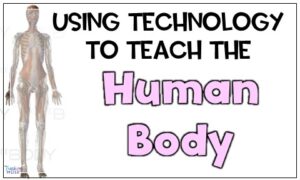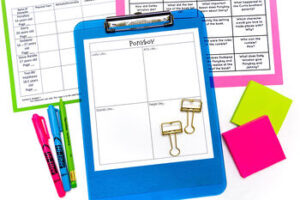Cause and Effect
Compare and Contrast
Other Ways to Support Literacy in Your Science Classroom
Increasing critical thinking skills
Anchor Charts and Posters:
Classroom decor helps create a warm environment, but it should be all fluff. Creating anchor charts or posters that include the scientific concept can immerse students in the scientific concept. These posters should be used as a tool. Point them out to the students if you are not creating them together. This will help students reference them during class while working on assignments.
Background Knowledge:
One of the struggles of a science teacher is that students come into our classrooms with varying background knowledge. Even students who have traveled in the same cohort throughout their academic lives have different levels of understanding, making it very difficult to assess where to begin in a unit.
Here are five strategies to improve student background knowledge.
- Preassess before starting a unit
- Frame science readings in a different format
- Make students responsible for their learning
- Use misconceptions to begin a unit
- Meet with colleagues to identify topics students need to know to be prepared.
To get further information on these strategies, click here.
Current Events and News:
Some topics lend themselves to finding topical current events articles to bring awareness into the classroom. Sometimes there are easy connections, such as discussing the Mars Rover during your unit on the solar system. Other times you might need to be creative. Here are some suggestions:
- Incorporate sports stats and plays into your force and motion unit.
- Any news on cell phones can be incorporated into your electricity or magnetism units.
- Pollution, construction of new stores, and climate change can be integrated into a unit on human impact on the environment.
- Social issues can be used to start a discussion on science ethics.
Documentaries:
Let’s face it, today’s student learns through video. Between social media and Youtube, our students use videos to find out more about a topic, so including video in your classroom can help them think critically about a topic. While it can be difficult to show long documentaries in your classroom, you can preview and show clips of important parts and then delve deeper through classroom discussion.
Some documentaries you might like to use are:
- Chasing Ice: This documentary follows a National Geographic photographer as he crosses the Arctic to view the effects of global warming. While this documentary is 75 minutes in length, it covers many interesting information, but if you don’t have the class time to show the entire video, Youtube has some video clips.
- Seeing the Invisible: Teeny, tiny microbes come to life in this New York Times animated video. It is only 6 minutes in length, so it is easy to incorporate into the classroom.
- How the Earth Was Made: Earth science teacher, the History Channel, has a series of videos that detail how our planet came to be 4.5 billion years ago. This series is in the History Channel vault, which requires $4.99/month to access, but there are some episodes on Youtube that you can access for free.
- The Inner Life of a Cell: There are so many scientific concepts that are so abstract and difficult for students to comprehend. This 3-minute video gives students a look into the inside of a cell.
- Untamed Science: Here is a Youtube channel that covers a variety of scientific concepts. Covering topics like rocks and minerals, why leaves change color, and the chemistry of love, these short videos are the perfect addition to your science curriculum.
Graphs:
Integrating graphs into your science curriculum is part of NGSS Crosscutting Concepts. Graphs allow students to collect data, observe patterns, and recognize relationships. It is often easier to think critically when information is given in a pictorial form rather than reading from a paragraph. Teachers can build upon a student’s ability to read and understand concepts from graphs by including them in their curriculum or even bringing them into the classroom independently from a source like Turner’s Graph of the Week. Graphs are uploaded weekly to allow students to improve academic literacy, link math to real-world situations, and give students current events awareness. Use this site every week, before school breaks, or as sub plans.
